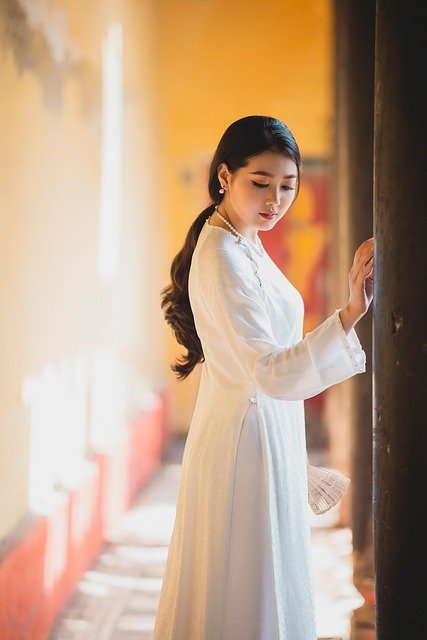**Title: "Sustainable Fashion: The Future of Style"** **Overview:** In this

Sustainable Fashion: The Future of Style
As the world becomes increasingly aware of the environmental impact of fast fashion, sustainable fashion is emerging as a vital movement in the industry. This post explores what sustainable fashion means, its importance, and how it is shaping the future of style.
What is Sustainable Fashion?
Sustainable fashion refers to clothing, shoes, and accessories that are designed, manufactured, and marketed with an emphasis on environmental and social responsibility. This includes using eco-friendly materials, ethical production practices, and a focus on longevity and quality.
Key Principles of Sustainable Fashion:
- Eco-Friendly Materials: Utilizing organic, recycled, or upcycled fabrics that reduce the carbon footprint.
- Ethical Production: Ensuring fair labor practices and safe working conditions for all workers involved in the production process.
- Longevity: Designing timeless pieces that are made to last, reducing the need for constant replacement.
- Transparency: Brands openly sharing their production processes and sourcing to build trust with consumers.
Why is Sustainable Fashion Important?
The fashion industry is one of the largest polluters in the world, contributing to water pollution, waste, and greenhouse gas emissions. By shifting towards sustainable practices, we can:
- Reduce Waste: Encouraging consumers to buy less and choose better-quality items.
- Protect Resources: Using sustainable materials conserves water and reduces the need for harmful chemicals.
- Support Communities: Ethical production supports fair wages and safe working conditions for workers globally.
The Future of Style
As we move forward, sustainable fashion is not just a trend; it is becoming a fundamental aspect of the industry. Here are a few ways it is influencing the future of style:
1. Innovative Materials:
The rise of biodegradable fabrics, such as mushroom leather and recycled plastics, is paving the way for new, sustainable options that do not compromise on style.
2. Circular Fashion:
Brands are increasingly adopting circular models, where products are designed for reuse, repair, and recycling, minimizing waste and encouraging a more sustainable consumption cycle.
3. Conscious Consumerism:
Consumers are becoming more aware of their purchasing decisions, favoring brands that prioritize sustainability. This shift is prompting designers to create collections that reflect these values.
4. Technology Integration:
Advancements in technology are enabling more sustainable practices, from 3D printing to digital fashion, reducing the need for physical materials and minimizing waste.
Conclusion
Sustainable fashion is not just a fleeting trend; it represents a fundamental shift in how we approach style and consumption. By embracing eco-friendly practices and ethical production, we can create a future where fashion is both beautiful and responsible. As designers, consumers, and advocates, we all have a role to play in making sustainable fashion the norm rather than the exception.
Let’s be part of the change and redefine what style means in the modern world. Together, we can shape a future where fashion is not only about looking good but also doing good.
Feel free to share your thoughts on sustainable fashion and how you are making more conscious choices in your wardrobe! 🌍✨
